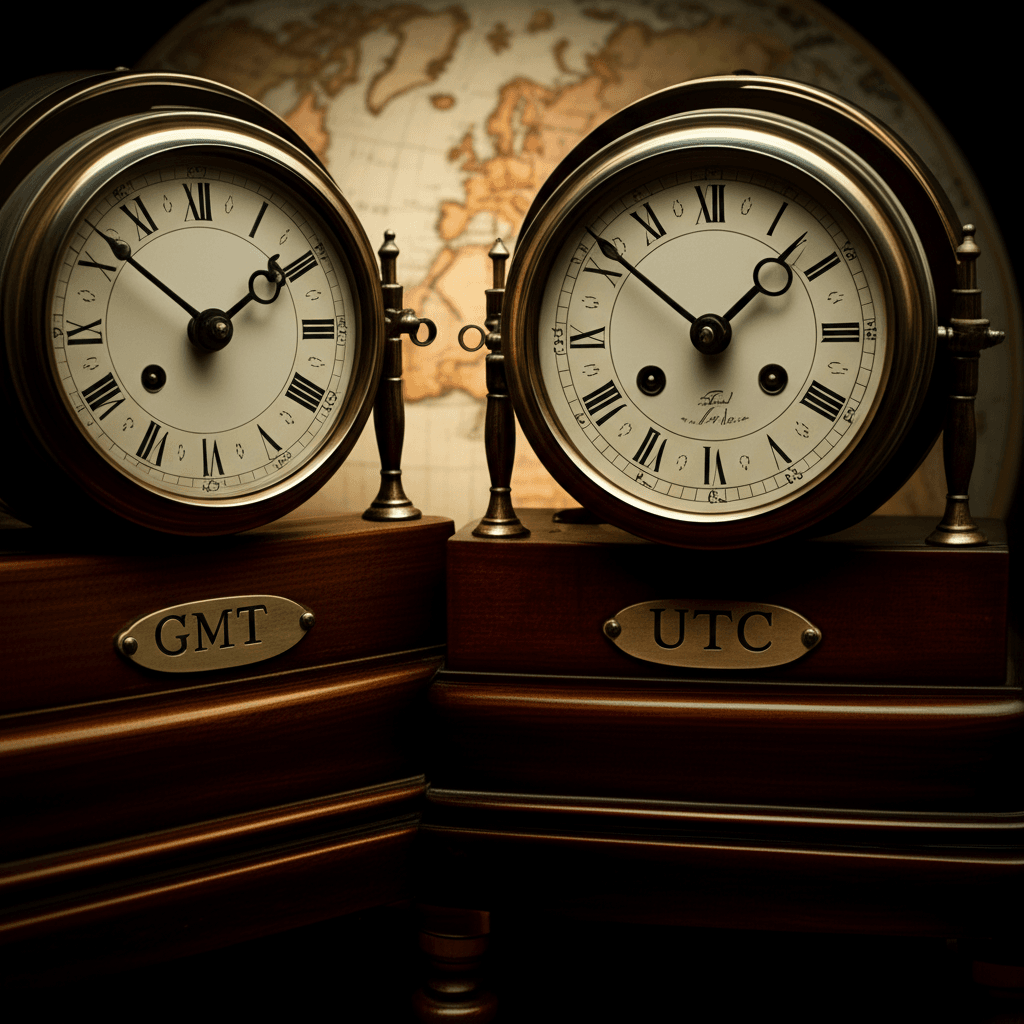When discussing time zones, two terms frequently arise: UTC and GMT. While often used interchangeably in casual conversation, they have distinct origins and applications. Understanding these differences is crucial for developers, travelers, and anyone working across time zones.
What is UTC?
UTC stands for Coordinated Universal Time. It is the modern global time standard based on highly precise atomic clocks. Unlike systems tied to Earth’s rotation, UTC remains constant and does not change with seasons. This consistency makes it the preferred reference for computers, APIs, and international systems. Timestamps in logs, databases, and global services are typically stored in UTC to ensure accuracy and uniformity.
What is GMT?
GMT stands for Greenwich Mean Time. It originates from the Royal Observatory in Greenwich, London, where mean solar time was measured from the Prime Meridian at longitude 0 degrees. GMT has a rich historical background and was once the world’s primary time standard. Today, it is still widely recognized, especially in the United Kingdom, where winter time aligns with GMT. Industries like aviation and broadcasting sometimes use GMT interchangeably with UTC, though technically they are not identical.
Key Differences Between UTC and GMT
The origins of UTC and GMT set them apart. UTC relies on atomic clocks for unparalleled precision, while GMT is based on Earth’s rotation and solar position. Another critical difference is adjustments: UTC incorporates leap seconds to synchronize atomic time with Earth’s slowing rotation, whereas GMT does not account for these细微 adjustments. In terms of usage, UTC is the standard in computing, science, and technology due to its accuracy. GMT remains prevalent in everyday language and specific sectors like media and navigation.
Which Should You Use?
For developers and technical professionals, UTC is the unequivocal choice. Its precision and global acceptance make it ideal for software, databases, and cross time zone scheduling. Using UTC as a baseline and converting to local time for display prevents errors, such as scheduling meetings at inconvenient hours. For casual conversations, especially in regions familiar with GMT, using GMT is acceptable and widely understood. However, in formal or international contexts, defaulting to UTC avoids confusion.
Common Misconceptions
A frequent misconception is that UTC and GMT are identical. While their time values often match, their underlying mechanisms differ. GMT is a time zone, whereas UTC is a time standard. Another error is assuming GMT accounts for daylight saving time; it does not, as it refers to standard time only. Relying on GMT for critical applications can lead to inaccuracies over time due to Earth’s rotational variations.
Best Practices for Handling Time Zones
Always store and process time data in UTC to maintain consistency. Convert to local time only when displaying information to users. Utilize reliable libraries and APIs for time zone conversions to handle daylight saving time and regional differences accurately. For web applications, consider using JavaScript’s Date object with UTC methods or backend solutions like moment-timezone for robust time management.
By understanding the distinctions between UTC and GMT, you can make informed decisions tailored to your needs, ensuring precision in technical applications and clarity in everyday communication.

Leave a Reply